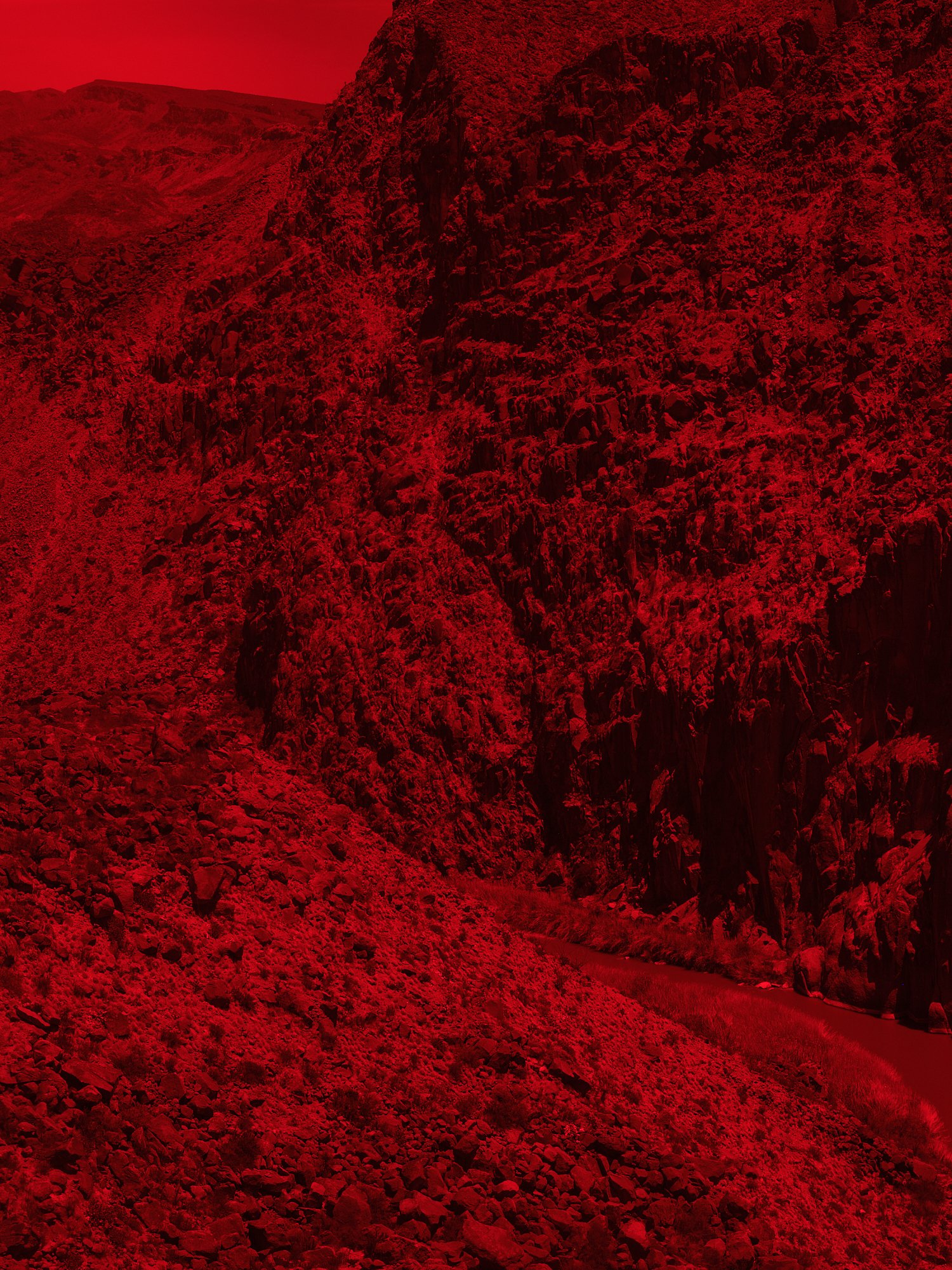Edward Snowden’s revelations about the U.S. National Security Agency’s PRISM program exposed data sharing between e-mail providers and government intelligence agencies on a scale previously unknown. Police body-worn cameras and video devices in local businesses record and store millions of hours of citizen activity each day. Mapping apps, ride-sharing services, and even innocuous-seeming games surveil our physical position in space, in some cases passing this information to third parties. The rise of the “Internet of Things” — connected devices like home assistants, smart TVs, virtual reality headsets, and consumer-grade security cameras — create unprecedented opportunities for pervasive audio surveillance within the home by both state and private actors. Privacy norms are changing under our feet, and concerns that once occupied the fringe have moved to the center of the national discourse in the U.S.
The surveillance apparatuses shown here share something in common: they’re part of my daily life. Some of them are the security camera at the places I frequent: my dry cleaner’s. The grocery store down the block. But blended in to the sequence are other surveillers: security cameras protecting the offices of Google, Facebook, Uber, Lyft, and other technology giants, as well as government facilities like the F.B.I. headquarters in Washington, D.C. These sentry devices act as physical, visual stand-ins for the deeper web of unseen surveillance taking place on servers within.
Polaroid images have served as tools of state surveillance and population registration and control. In apartheid South Africa, Polaroids were integral to the physical passbooks that people of color were required to carry — documents that controlled which physical spaces the individual could or could not occupy. Polaroids were commonly used by police and other government agencies for their perceived trustworthiness and seeming immunity to manipulation. These images fit and encouraged the modern state’s desire to track, count, and document its citizens.
More projects
A 2,000-mile visual journey along the U.S.-Mexico border. (View Project)
A former U-2 spy plane mechanic muses on motorcycles, philosophy, and power. (View Project)





